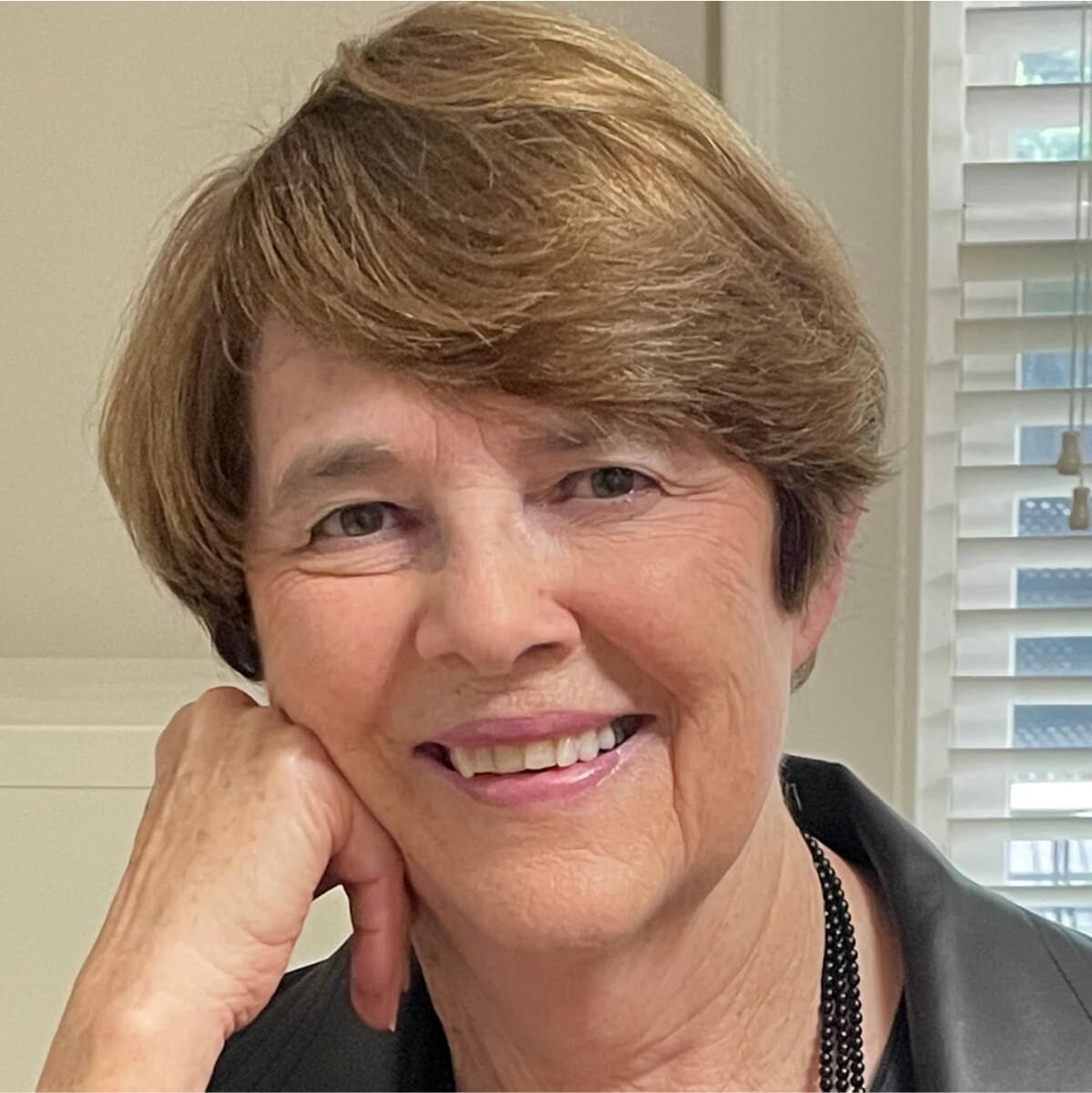
Journalism in the “Year of the Woman”
November 16, 2018
I read an article the other day entitled “25 Dying Professions to Avoid”. Journalism was one of them.
For people in my profession, that disturbing headline was accurate in more ways than one. Reader circulation has dropped for 17 straight years, and Sunday circulation of U.S. newspapers is at its lowest level since 1945. The Bureau of Labor Statistics predicts that nearly one in 10 reporters will lose their jobs in the next 10 years.
One reason? Corporate America today, say critics, increasingly grades the worth of stories by the number of clicks online that story receives. The actual importance of those articles to the community apparently doesn’t matter anymore in many publishers’ offices.
But journalists today are not only losing their jobs; they are also losing their lives in increasing numbers.
At least 43 journalists have been killed in 2018 for their work, according to the Committee to Protect Journalists. Afghanistan and Mexico have particularly become killing fields for reporters.
Then, of course, there is the gruesome case of Jamal Ahmad Khashoggi, the Saudi Arabian dissident journalist who wrote for The Washington Post. He was strangled and then dismembered by Saudi operatives in Turkey early last month. His body has not been found.
We are light years away from the time— when I was just 13 years old—I decided I wanted to be a reporter. That was a heady time for journalism. It became even more exciting in the 1970s when Woodward and Bernstein broke the Watergate story. Everyone wanted to be a reporter then. Today, not so much. Being labeled “enemies of the people” tends to put a damper on one’s dreams.
But we need journalists today, and a free press, more than ever. Corruption always needs to be exposed. Politicians always need to be watched. Good news always needs to be disseminated.
That good news includes the fact that 2018 was, indeed, the “Year of the Woman”, politically speaking. A record number of women, including 42 women of color, will serve in Congress come January.
It’s good news that at least 121 women (and still counting) won Congressional seats across the country on November 6. Women are expected to claim at least 100 of the House’s 435 seats, up from the current 84 and the highest number in history. At least 13 women won Senate seats, bringing the total number in that chamber to at least 23 (out of 100).
It’s good news the next Congress will include its first Native American women, its first Muslim women, and—for Arizona and Tennessee—their first female senators.
It’s good news women won nine governorships. Thousands more were victorious in state and local races.
It’s good news more than a dozen states will add women to their House delegations next year. Pennsylvania, which currently has no women in the House, will have four next year.
It’s good news women around the country “took a new approach” to campaigning in 2018, making their personal experiences, “which are inextricably tied to their gender, a bigger part of their campaigns.” Candidates sent the message, said Kelly Dittmar, a political science professor at Rutgers University, that “gender is among the value-added pieces of me that I bring” to the table.
It’s good news 78 percent of those queried November 6 told exit pollsters it was somewhat or very important for more women to be elected to public office in the United States.
There is also, however, this sobering news: while women constitute more than 50 percent of the U.S. population, we still will make up less than one-quarter of that body when the new Congress is seated next January.

Jan Collins is a Columbia, South Carolina-based journalist, editor, and author. A former Nieman Fellow at Harvard and former Congressional Fellow in Washington, D. C., she is the coauthor of Next Steps: A Practical Guide to Planning for the Best Half of Your Life (Quill Driver Books, 2009).